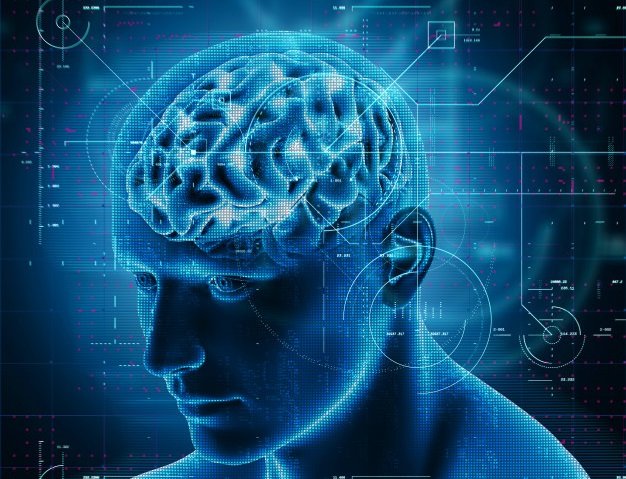
Photo Credit: Freepik
Amyotrophic lateral sclerosis (ALS) is a neurodegenerative disease resulting in the gradual loss of motor nerve cells (neurons) that control certain muscles, ultimately leading to fatal paralysis. As there is no cure for the disease, therapeutic strategies are highly needed.
Now, Professor ABE Koji and Associate Professor YAMASHITA Toru from Okayama University and colleagues have investigated the potential of a particular kind of stem cells ('Muse cells'), which can recognize damaged sites in the human body, for treating ALS. Experiments in mice reveal promising potential therapeutic benefits for ALS patients.
Muse cells are a kind of stem cell occurring in the bone marrow, blood and connective tissues in the human body. They can identify damaged tissue, and when injected, they can locate a damaged site — this is possible because Muse cells produce molecules that recognize substances created in damaged or apoptotic (dying) cells. Muse cells can not only locate the damage but also contribute to tissue repair, by transforming (differentiating) into healthy replacement cells. Inspired by this property, Abe and colleagues studied whether there is therapeutic potential in releasing Muse cells in ALS patients.
First, the researchers determined the best route for administering Muse cells. They compared the results for intravenous (into veins) and intrathecal (into the spinal canal) injections in mice. Intravenous injection gave the best results, with Muse cells appearing in different relevant body areas.
The scientists subsequently looked at the effect of intravenous administration of Muse cells into ALS mice. They established that the cells migrated to the spinal cord (a key part of the central nervous system). The Muse cells did not differentiate into neurons, but mainly into so-called astroglial cells. There are beneficial aspects associated with the latter, including stimulating the growth of nervous tissue and modulating inflammatory responses. The researchers' findings also suggested that the injection of Muse cells prevented the shrinking of muscle cells (amyotrophy) in ALS mice.
The study of Abe and colleagues represents a valuable result in the context of establishing a potential strategy for treating ALS. In the words of the scientists: "[Our] study successfully achieved … the systematic administration of Muse cells that showed a significant clinical benefit for the ALS mice model" and "Muse cells can be a promising cell resource for the treatment of ALS patients."




